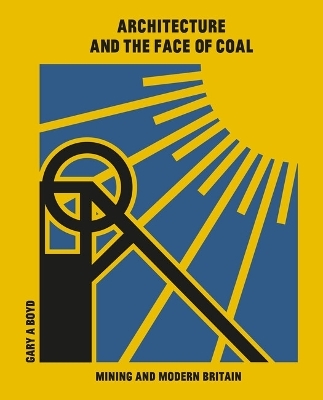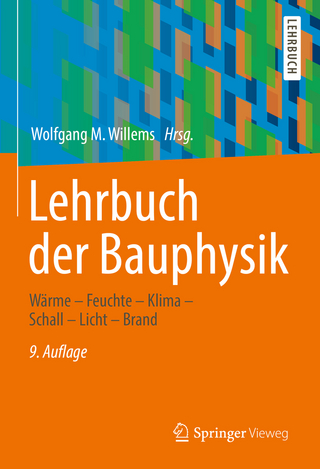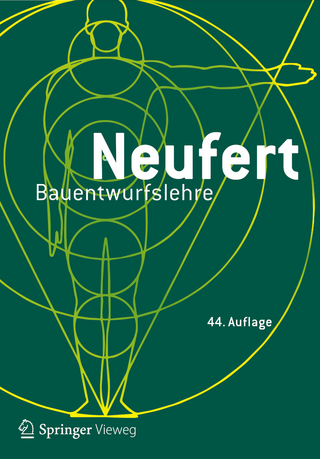
Architecture and the Face of Coal
Mining and Modern Britain
Seiten
2022
Lund Humphries Publishers Ltd (Verlag)
978-1-84822-356-1 (ISBN)
Lund Humphries Publishers Ltd (Verlag)
978-1-84822-356-1 (ISBN)
Beautifully illustrated, Architecture and the Face of Coal is the first book to examine the fascinating story of the relationship between architecture and Britain's coal fields, and includes examples of iconic and avant-garde architectural forms built, including Bauhaus-trained Egon Riss's sculptural and modernist designs for the 'super pits'.
With only a handful of British coalmines remaining
active and with targets set to reduce carbon emissions, the coal industry now
seems to be heading towards extinction. Yet, it was coal that turned Britain
into a world-leader during the Industrial Revolution and established the
conditions for the modern state. In the 20th century, it generated building
programmes on a massive scale concerning miners’ welfare, settlements and
housing. The form, space, organisation, and aesthetics of architecture
became of critical importance not just to the process of the industry’s modernisation
but also how it was perceived and understood both within and outside its
workforce. But despite the centrality of coal mining and its workers to the
development of modern Britain, as well as the contemporary recognition that
aspects of its innovative architecture received, its built legacy has often been
overlooked and physically almost completely erased. Divided into three parts, this
is the first book which provides a critical and comprehensive examination of
the architecture of coal in Britain and how it responded to the needs of the
industry and, perhaps more significantly, its labour force.
Part I explores the relationship between
the architecture of coal and the provision of welfare. While this produced a
series of enlightened built projects for miners and their communities especially
between the wars – educational buildings, reading rooms, holiday camps, welfare
institutes, sports grounds, swimming pools, medical centres, children’s
playgrounds, etc. – it focusses on the paradigmatic integration of aesthetics
and programme seen most emphatically in the creation of over 600 pithead baths.
Part II looks at settlement and the relationships between responses to often
adverse conditions within domestic environments in mining settlements and the
development of broader and influential theories and practices concerning
housing. Finally, Part III explores the modernisation of the industry during
the post-war period arguing that that architectural design and representation
became pivotal to the functional and symbolic requirements of the newly
Nationalised entity and its position within, and singular contribution to,
post-war society.
With only a handful of British coalmines remaining
active and with targets set to reduce carbon emissions, the coal industry now
seems to be heading towards extinction. Yet, it was coal that turned Britain
into a world-leader during the Industrial Revolution and established the
conditions for the modern state. In the 20th century, it generated building
programmes on a massive scale concerning miners’ welfare, settlements and
housing. The form, space, organisation, and aesthetics of architecture
became of critical importance not just to the process of the industry’s modernisation
but also how it was perceived and understood both within and outside its
workforce. But despite the centrality of coal mining and its workers to the
development of modern Britain, as well as the contemporary recognition that
aspects of its innovative architecture received, its built legacy has often been
overlooked and physically almost completely erased. Divided into three parts, this
is the first book which provides a critical and comprehensive examination of
the architecture of coal in Britain and how it responded to the needs of the
industry and, perhaps more significantly, its labour force.
Part I explores the relationship between
the architecture of coal and the provision of welfare. While this produced a
series of enlightened built projects for miners and their communities especially
between the wars – educational buildings, reading rooms, holiday camps, welfare
institutes, sports grounds, swimming pools, medical centres, children’s
playgrounds, etc. – it focusses on the paradigmatic integration of aesthetics
and programme seen most emphatically in the creation of over 600 pithead baths.
Part II looks at settlement and the relationships between responses to often
adverse conditions within domestic environments in mining settlements and the
development of broader and influential theories and practices concerning
housing. Finally, Part III explores the modernisation of the industry during
the post-war period arguing that that architectural design and representation
became pivotal to the functional and symbolic requirements of the newly
Nationalised entity and its position within, and singular contribution to,
post-war society.
Gary A. Boyd is a Professor in Architecture at Queen’s University, Belfast.
Contents: Part I: Pithead baths and the architecture of welfare; Part II: Settlement; Part III: Architecture, publicity, and the Plan for Coal.
| Erscheinungsdatum | 16.12.2022 |
|---|---|
| Zusatzinfo | Illustrations; 20 Illustrations, color; 150 Illustrations, black and white |
| Verlagsort | London |
| Sprache | englisch |
| Maße | 210 x 260 mm |
| Themenwelt | Technik ► Architektur |
| Technik ► Bergbau | |
| Technik ► Elektrotechnik / Energietechnik | |
| ISBN-10 | 1-84822-356-0 / 1848223560 |
| ISBN-13 | 978-1-84822-356-1 / 9781848223561 |
| Zustand | Neuware |
| Haben Sie eine Frage zum Produkt? |
Mehr entdecken
aus dem Bereich
aus dem Bereich
Wärme – Feuchte – Klima – Schall – Licht – Brand
Buch | Hardcover (2022)
Springer Vieweg (Verlag)
54,99 €
Grundlagen, Normen, Vorschriften
Buch | Hardcover (2024)
Springer Vieweg (Verlag)
134,99 €


